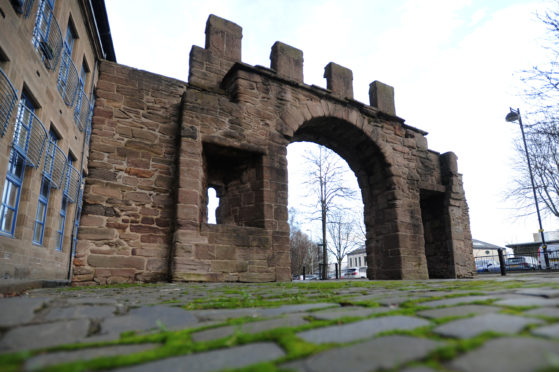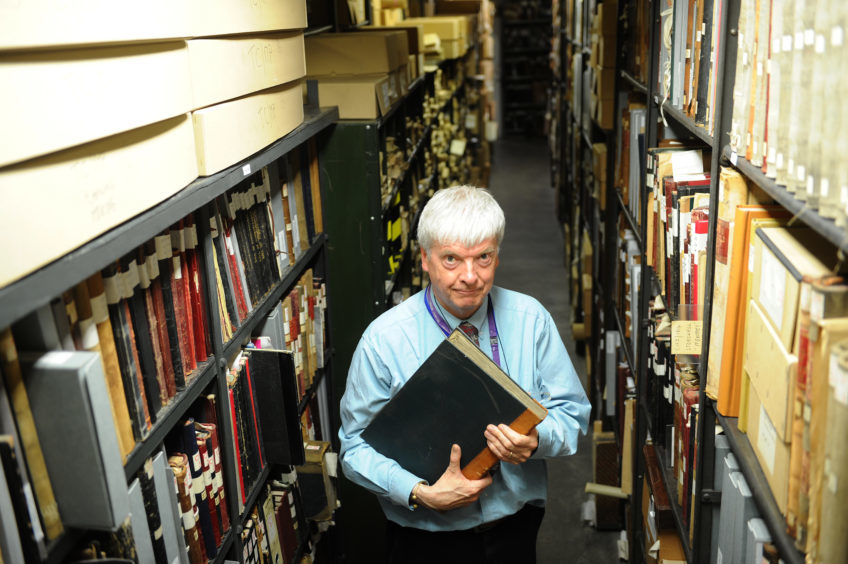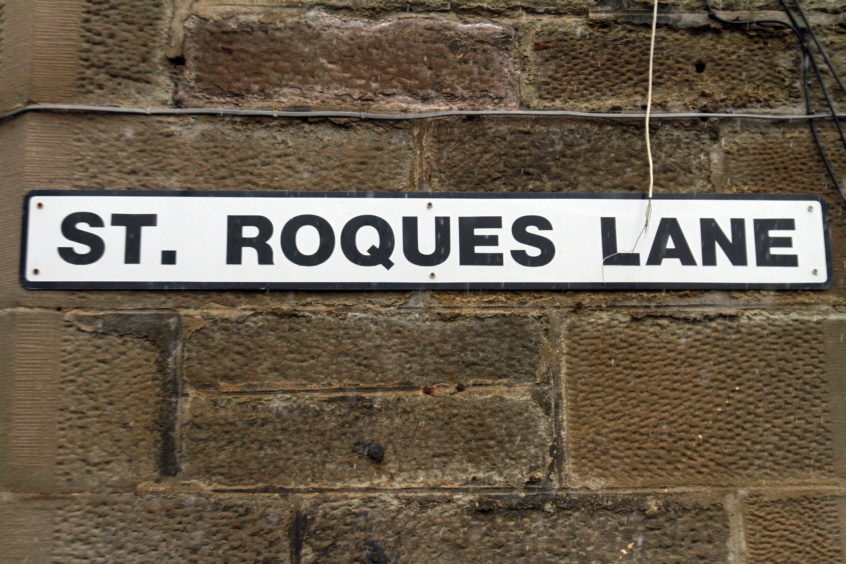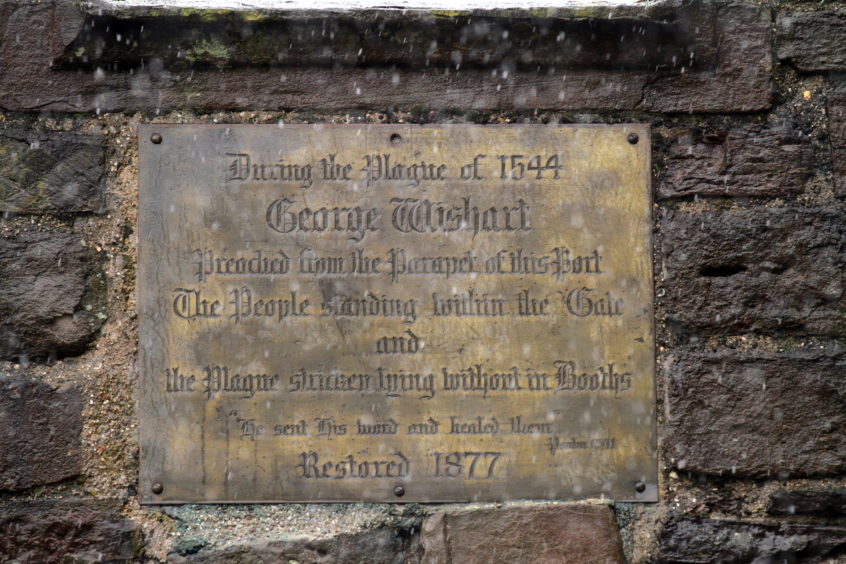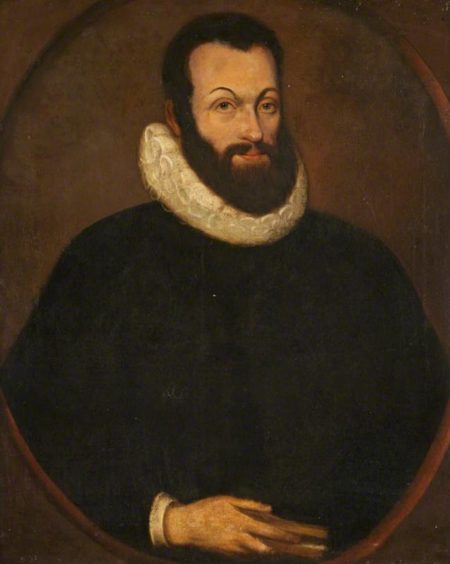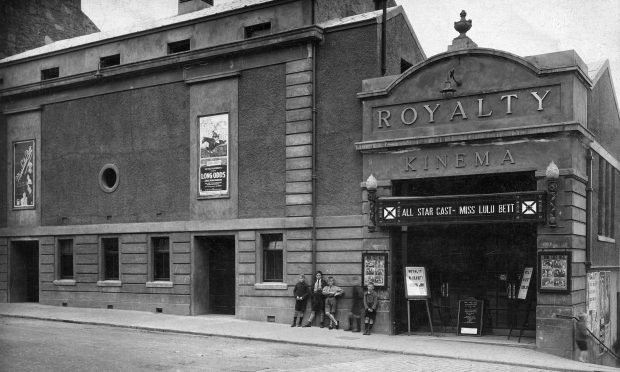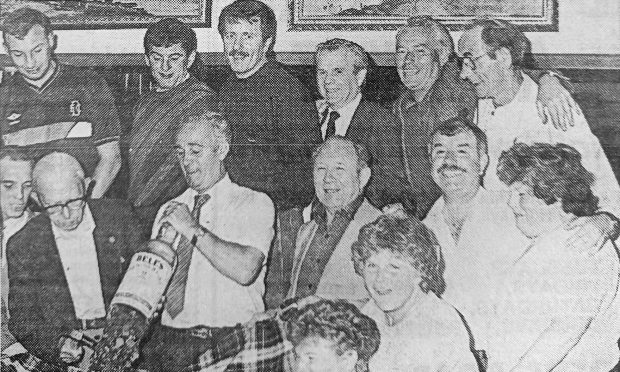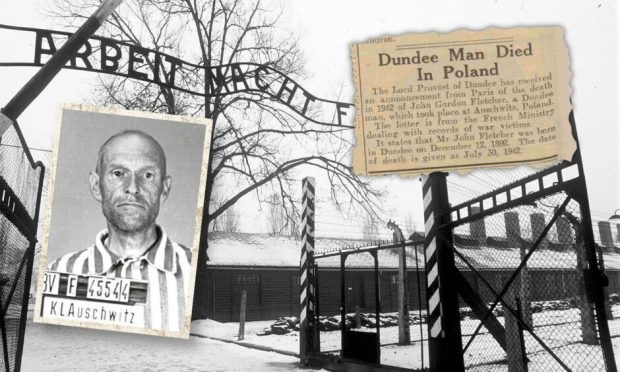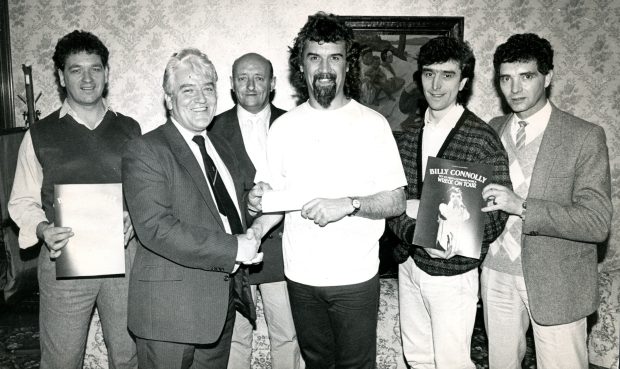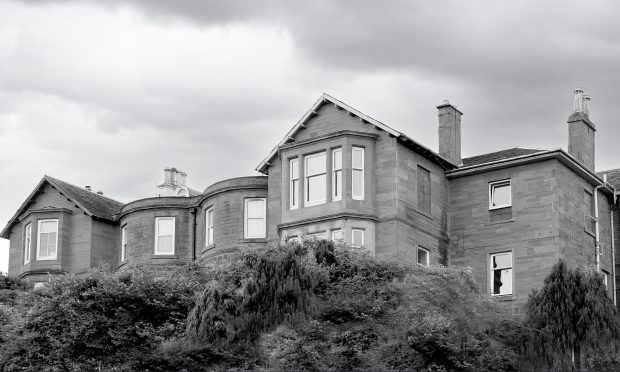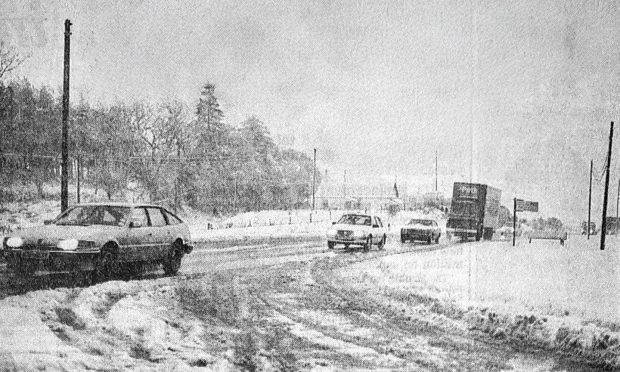Social distancing to stop the spread of disease is nothing new in Dundee.
However, such measures were slightly different some 500 years ago when plague was a frequent visitor to the burgh in the 1500s and 1600s.
The risk of infection was very high indeed and Dundonians that were ravaged by plague were confined to their houses.
Travellers suspected of being infected were banished from the burgh and left to either recover or die outside the burgh walls.
The Pest
Iain Flett from the Friends of Dundee City Archives said: “The archivists of Aberdeenshire, Dundee and Fife have asked their volunteers to keep diaries and to collect stuff they thing might throw light on the situation in the future.
“Electronic archivists are capturing websites.
“Me? I’m personally musing today on how the Scots dealt with this 500 years ago when a variety of community-spread diseases were called ‘The Pest’.
“The Protestant preacher Wishart, later burnt at the stake as a heretic in St Andrews in 1546, preached to the plague or pest-ridden in 1544 from the safety of the top of the Wishart Arch or the Cowgait Port.
“Those smitten with disease had to stay outside of the burgh wall until they died or recovered.”
In St Roque’s Lane, off the Seagate, also stood a chapel named after a Frenchman who devoted his life to the plague-stricken.
It was here, outside the old burgh wall, that Dundee’s plague victims were banished so their infections were less likely to spread.
Plague pit
Mr Flett said: “St Roque’s Lane, still there, is linked with St Roque or St Roche, patron saint of the plague ridden.
“Presumably there would have been a plague pit nearby where those who did succumb to the disease were buried.
“There’s also a reference as late as 1906 to a St Roque’s Place in West Ferry which may be a nod to where passengers and crew may have been buried as ships then were not allowed to disembark until quarantined.
“One of the many titles of the Lord Provost is the ancient 16th century one of ‘Admiral of the Tay’ which comes from the French ‘Amiral’ – meaning an administrator rather than a Gilbert and Sullivan figure with a pointy hat.
“It was the provost’s duty to close down the small sail ferries if ‘The Pest’ was approaching from Fife.
“Will the Tay Bridge master have to do the same?
“We hope not.”
In 1605 unfortunate ferrymen were told not to take hires over the Tay during the plague.
But in one incident they were physically threatened by the bodyguards of a lady from landed gentry unless they complied.
One of them was later fined 40 shillings or two pounds Scots and banished from the burgh.
Mr Flett said in 1605 that £2 Scots was worth 16p in English sterling, which today would be worth labour earnings of £500, which puts the Covid-19 £60 fine into perspective.
Anyone found visiting the sick could be fined £100.
Banished forever from Dundee
If they didn’t have the money they would be burned on the cheek.
Those who broke the rules also found themselves “banished forever” from the burgh.
In another documented incident, quartermasters appointed by the council to look over the Murraygate, found that George Mitchell, maltman, (a brewer), had “twa sick bairns that had been sick twa days”.
Mr Mitchell, his servants and his family were commanded “to keep themselves close within their houses”.
Sound familiar?
Wishart stood between the living and dying
The Wishart Arch is still situated in the Cowgate.
Along with the core of Gardyne’s Lodging, the arch – and the Old St Mary’s Steeple – is all that remains of Dundee at that time.
Wishart was from Pittarow House in the Laurencekirk area and studied theology in Leuven in the Netherlands, where he received his Master’s degree in 1532 before taking up a post in Montrose as a school teacher.
Switzerland and Germany
When the Bishop of Brechin heard that Wishart was teaching young men to read the Bible in its original Greek language, he was furious.
Wishart fled to Bristol, where he got in trouble for his preaching, and he spent the next three years in Switzerland and Germany.
In 1543, Wishart returned to Scotland where he preached in Montrose, Dundee and Ayrshire.
Opposed to Wishart was Cardinal David Beaton who was a powerful figure in the universal church of that time.
The cardinal’s vigilance was unremitting and he served Wishart with an order forbidding him to preach.
Again, Wishart was forced to flee for his life, this time to Ayrshire.
The persecution continued.
Return to Dundee
Meanwhile, a terrible plague broke out in Dundee.
In 1544, he returned to minister to the spiritual needs of the people and stood on the town’s port or entrance named after him in the Cowgate to preach to the healthy but troubled citizens within the town and the sick outwith its walls.
He climbed on the gateway and literally stood between the living and the dying
Not content with preaching, he also visited plague victims and tended to the poor.
Cardinal David Beaton sent a priest called John Wighton to kill Wishart.
Wighton was foiled and only Wishart’s influence prevented the crowd killing the priest.
An attempt by the cardinal to ambush Wishart outside Montrose also failed.
Wishart withdrew to Edinburgh where his preaching influenced John Knox but he was seized near Haddington by the Earl of Bothwell in 1546 and handed over to Cardinal Beaton.
Martyr for the Protestant cause
He was imprisoned in St Andrews Castle and charged with preaching heretical doctrines.
It was Beaton himself who pronounced sentence of death by burning.
Wishart knelt to ask God for mercy on himself and forgiveness for his persecutors.
Wishart was one of the first martyrs for the Protestant cause.
His friends later conspired against the Cardinal and on May 26 entered the castle, killed him and hung his body from the battlements.
Together in the castle, Wishart’s supporters created the first congregation of the Protestant Church in Scotland.
The spot where Wishart died is marked by the letters GW in cobblestones outside the castle and commemorated by a plaque nearby erected jointly by the St Andrews Preservation Trust and the Wishart Society.
He is also recorded on the Martyr’s Monument at St Andrews, and in a painting by John Drummond entitled “George Wishart on his way to Execution Administering the Sacrament for the First Time in Scotland after the Protestant Reform”.
